Introduction to Drone Camera
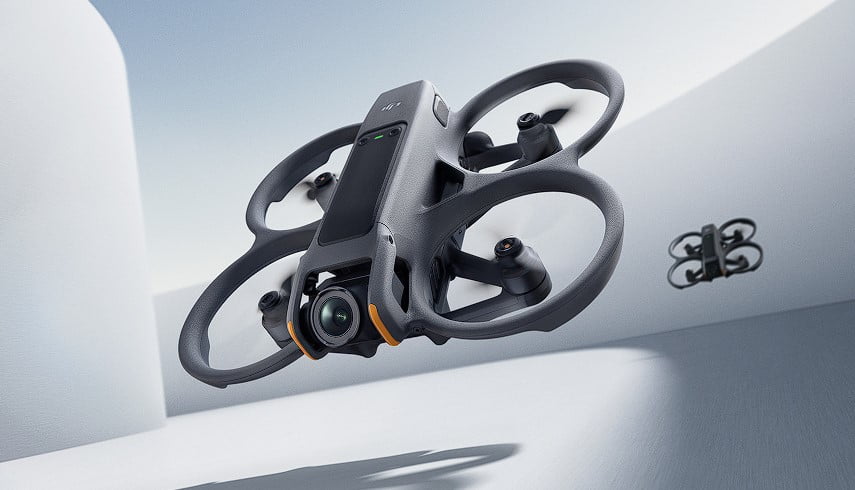
Drone cameras, also known as unmanned aerial vehicles (UAVs) with cameras, have emerged as a phenomenal innovation in the field of photography and videography, providing a new perspective that enhances visual storytelling experiences. Increases. These sophisticated devices are operated remotely and can fly to various heights, providing access to angles and views once thought out of reach. With the advent of compact, high-resolution cameras and advances in stabilization technology, drone cameras can capture crystal-clear images and smooth footage during flight. They fulfill a wide range of applications, from capturing cinematic shots for film and television to aiding critical monitoring and inspection operations in various industries such as agriculture, real estate and infrastructure. The versatility of drone cameras extends far beyond professional use. They are also popular among hobbyists and enthusiasts who want to explore the skies and document their adventures from a bird’s eye view. As technology continues to evolve, drone cameras are becoming more accessible, user-friendly, and equipped with features like GPS navigation, collision avoidance systems, and automated flight modes, making them an indispensable tool for modern creators. .
Understanding Drone Camera
What is a Drone Camera?
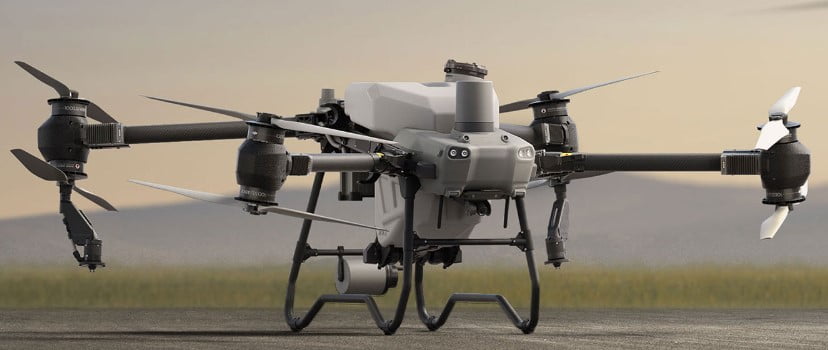
Drone cameras are a sophisticated piece of technology that combines the capabilities of unmanned aerial vehicles (UAVs) with advanced imaging systems. Essentially, it is a remotely operated flying device that contains a camera, which allows capturing high-quality photos and videos from the sky. These cameras have revolutionized aerial photography and videography, providing access to unique vantage points and perspectives that were previously difficult or expensive to obtain.
The structure of a drone camera consists of several key components: the camera itself, which can range from simple point-and-shoot types to complex systems with large sensors and high-resolution capabilities; a gimbal, which stabilizes the camera to ensure smooth footage free from the effects of drone activity; and the flight control system, which allows the operator to operate the drone and camera with precision. Additionally, most drone cameras are equipped with GPS for precise positioning, obstacle detection systems for safe navigation, and sometimes autonomous flight modes that can perform tasks such as following a moving subject or circling a point of interest. Can.
Drone cameras vary widely in their specifications, with some designed for hobbyists and enthusiasts, while others designed for professional filmmakers and photographers. They can be used for a number of purposes, from capturing breathtaking landscapes and action sports to inspecting infrastructure and agricultural land. With advances in battery life, sensor quality, and flight technology, drone cameras are pushing the boundaries of what is possible in aerial imaging.
Types of Drone Camera's
Drone cameras come in a variety of types, each designed to meet specific needs and applications.
1. Consumer drones are enerally more affordable and cater to the needs of hobbyists and casual users. They are often small, easy to fly, and come with integrated cameras suitable for capturing everyday footage and photography. Consumer drones may not be as durable as professional models, and repair options may be limited depending on the brand and model.
2. Commercial drones, on the other hand, are built to endure tough conditions and are used for a wide range of professional applications like aerial surveying, agriculture, real estate photography and more. These drones are usually equipped with higher quality cameras, longer battery life, and more robust construction. They are also easier to repair with more readily available parts, making them a reliable choice for businesses and professionals.
3. FPV (First-Person View) drones offer a unique flying experience by providing a view of the pilot during flight through built-in cameras that send live video to a remote controller or special FPV goggles worn by the pilot. This immersive experience makes the user feel as if they are sitting inside the drone as it zooms through the air. FPV drones are designed to be fast and highly maneuverable, making them popular for drone racing and capturing dynamic action shots.
Each type of drone camera serves a different purpose and offers different features to suit the needs of different users, from casual flyers to professional cinematographers and drone racers.
Benefits of Drone Camera's
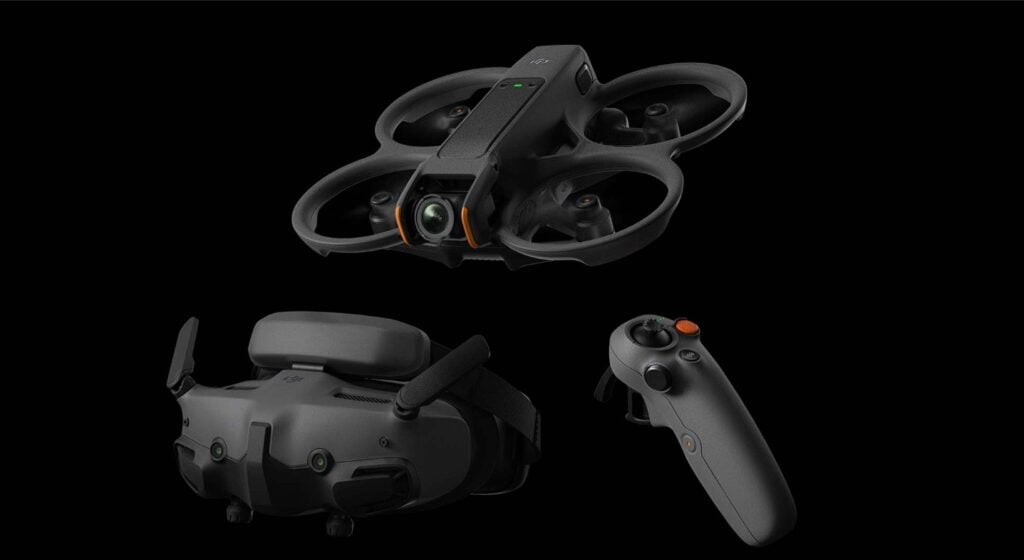
Drone cameras have ushered in a new era of photography and videography, offering many benefits that have transformed the industry.
The Aerial Perspective: The aerial perspective provided by drones is unparalleled, allowing photographers and videographers to capture landscapes, city scenes, and events from vantage points that were once inaccessible without the use of expensive and cumbersome equipment such as helicopters. . This advanced approach reveals patterns, textures and scenes that add depth and drama to images, making them more captivating and attractive.
The Creative Freedom: The creative freedom provided by drone cameras is another important benefit. Users can experiment with angles, distances, and compositions that were previously challenging or impossible to achieve. This freedom encourages innovation and allows for the creation of visually stunning and unique content that stands out in a crowded media landscape.
Efficiency and Cost-Effectiveness: In terms of efficiency and cost-effectiveness, drones are a game-changer. They eliminate the need for expensive and time-consuming setups required by traditional aerial photography methods. Drones can be deployed quickly and operated easily, saving valuable time during shooting. This efficiency translates into cost savings, as drones reduce the need for additional equipment and personnel.
Versatility: Finally, the versatility of drone cameras is evident in their wide applications across a variety of industries. From real estate and construction to agriculture and environmental monitoring, drones provide valuable data and imagery that can be used for marketing, planning, and analysis. Their adaptability ensures that they remain indispensable tools for professionals seeking innovative solutions to complex challenges.
Choosing the Right Drone Camera
Camera Quality: Camera quality is an important consideration. A high-quality camera ensures superior image and video capture, especially in challenging lighting conditions. Key factors include sensor size, which affects light capture and image detail; Determining resolution, sharpness and clarity of footage; and frame rate, which affects the smoothness of video playback. Higher resolutions like 4K, 6K, or 8K provide more detail and post-production flexibility. Additionally, features like optical zoom and gimbal stabilization are crucial for capturing clear and stable images from various distances and angles.
Time and range of flight: When choosing the right drone camera, consider both flight time and range to ensure optimal performance. Flight time refers to how long the drone can stay in the air on a single battery charge. Look for drones that offer at least 15-20 minutes of flight time, as longer sessions allow for more extensive aerial photography or videography without frequent recharging. Additionally, consider the range or control distance – the maximum distance between the drone and the remote controller. The range of 1km to 5km provides flexibility to explore different locations and capture diverse perspectives. Balancing flight time and range ensures that you can cover the desired area efficiently and achieve your creative goals with your drone camera.
Obstacle Avoidance and GPS: Obstacle avoidance and GPS are important features in drone cameras that enhance safety and navigation. Obstacle avoidance uses various sensors such as infrared, stereo vision and ultrasonic sensors to detect and navigate potential hazards, preventing collisions during flight. GPS technology provides accurate location tracking, enabling features such as stable flight control, precise navigation, and automatic flight path and return to home functions. Together, these technologies allow for more confident and safer drone operations, especially in complex environments.
Legal Regulations: Legal regulations for drone cameras vary by country and are designed to ensure the safe and responsible use of UAVs. For example, in the United States, you must keep your drone within line-of-sight, fly at or below 400 feet, and yield the right of way to manned aircraft. India’s regulations have been liberalized, no security clearance is required for operating small drones, and specific areas have been designated for drone flights. It’s important to check local laws, as they may include restrictions on where you can fly, registration requirements, and penalties for non-compliance. Always make sure you stay up to date with the latest regulations to fly legally and safely.
Popular Drone Camera Brands
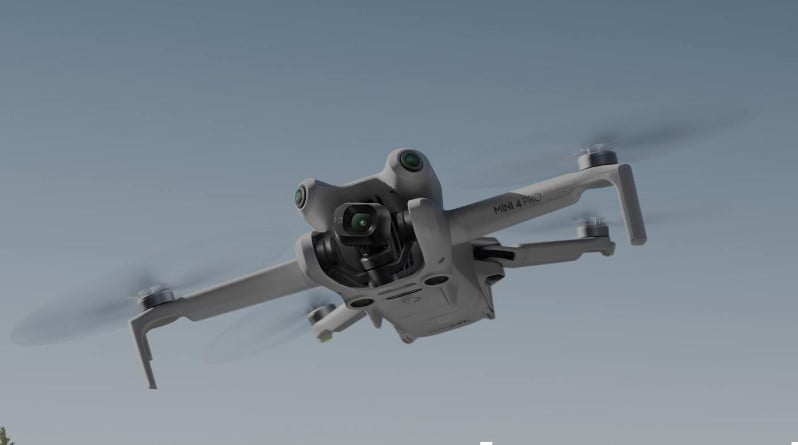
DJI, a leading brand in the drone industry, is famous for its high-quality camera drones. With a wide range of offerings, DJI meets the needs of both the enthusiast and the professional.
Let’s explore the key aspects of DJI drone cameras:
Mavic Series: The DJI Mavic 3 Pro stands out as a flagship model, boasting exceptional image quality, intelligent features, and impressive flight performance. Its Hasselblad camera captures stunning 4K video and 20MP photos, while obstacle avoidance sensors enhance safety during flight.
Mini Series: The DJI Mini 4 Pro is a compact powerhouse, perfect for travelers and beginners. Despite its small size, it delivers remarkable image quality and stability. This is an all-in-one mini drone that packs a punch.
Air Series: The DJI Air 3 strikes a balance between portability and performance. With dual cameras, it offers the versatility to capture both wide-angle shots and close-ups. Its intuitive controls make it accessible to a wide audience.
Inspire Series: The DJI Inspire 3 is a professional-grade drone designed for filmmakers and content creators. Its integrated aerial cinema camera delivers cinematic shots with precision. The Inspire series is known for its modular design and advanced features.
FPV Series: DJI FPV caters to adrenaline junkies and racing enthusiasts. It combines speed, agility and first-person view (FPV) capabilities. The immersive experience allows pilots to fly like never before.
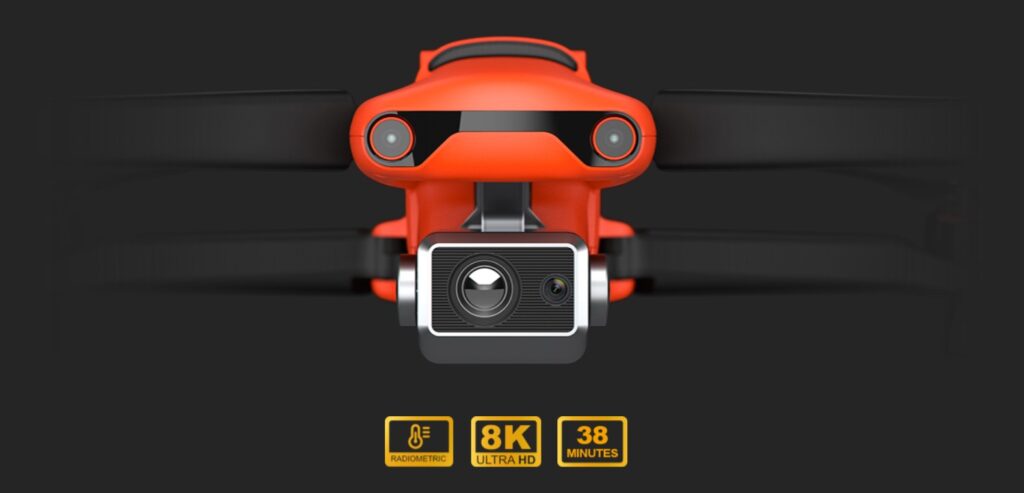
A Chinese technology company founded in 2004, has made significant progress in the drone industry. Known for manufacturing a range of advanced drones and imaging technology, Autel has become a leader in this field. Their products serve a variety of purposes including aerial photography, mapping and inspection.
One of Autel’s standout drone series is the Evo, which offers impressive features and performance. Let’s explore the key aspects of Autel Robotics:
Evo II 8K: Autel’s flagship model, the Evo II features an incredible 8K camera that records in resolutions up to 7680×4320. With 16 times more pixels than HD and 4 times more pixels than 4K, Evo II redefines image detail. Its 48-megapixel sensor, developed in partnership with Sony, ensures sharper images, more details and richer colors. The Evo II also supports Hyperlapse in 8K, allowing users to create stunning time-lapse videos without post-processing. Additionally, its obstacle avoidance system, GPS, and impressive flight performance make it a reliable choice for both enthusiasts and professionals.
Evo Lite+: Autel’s Evo Lite+ series offers a compact design, 4K camera, and intelligent flight mode. These drones are perfect for those looking for a professional-grade option. The Evo Lite+ stands as a viable alternative to other popular brands, offering excellent image quality and flight capabilities. Its lightweight construction and advanced features make it an attractive choice for aerial enthusiasts.
In short, Autel Robotics continues to innovate, offering reliable and high-performance drones that cater to a wide range of users – from recreational travelers to professionals seeking top-tier image quality and versatility.
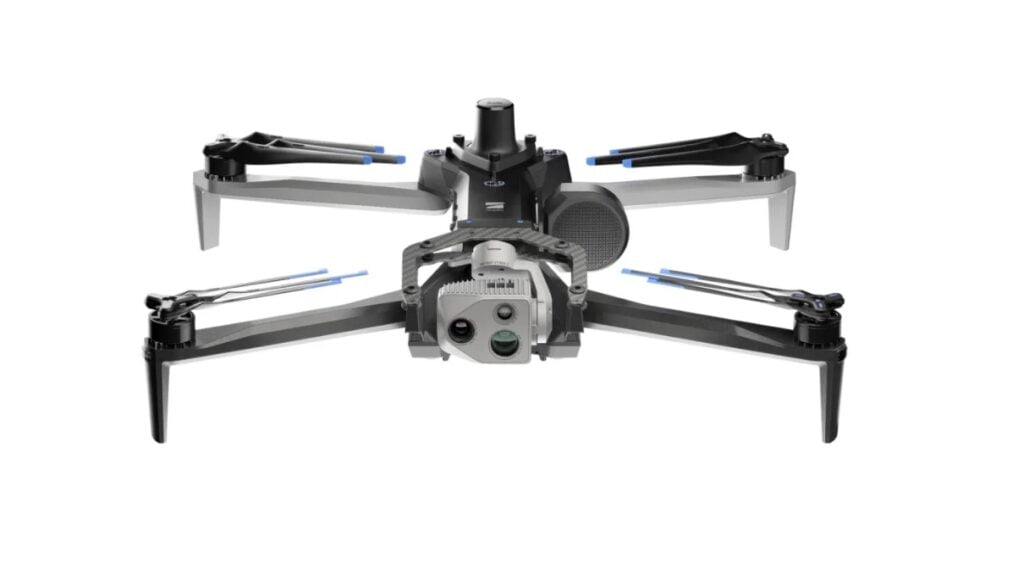
Skydio is an American drone manufacturer that has rapidly gained recognition for its advanced autonomous drone technology. The brand is known for its focus on AI-powered drones that are capable of self-navigating environments with unique obstacle avoidance capabilities. Skydio’s drones are equipped with multiple cameras and sensors that create a 3D map of their surroundings, allowing them to make intelligent flight decisions in real time.
The Skydio 2 is one of their most popular models, known for its 4K/60p HDR video capabilities and 12MP camera mounted on a 3-axis gimbal. It is built on Sony’s IMX577 1/2.3” CMOS sensor and Qualcomm’s RedDragon™ QSC605 technology, which together deliver exceptional image quality. The drone is designed to be user-friendly, with features that are suitable for both novice and experienced pilots.
Skydio has also introduced Skydio X2, which is designed for enterprise users. It combines the autonomy of Skydio 2 with a robust airframe, making it suitable for industrial inspection, public safety operations and defense applications. The X2 series offers a dual-sensor payload with thermal imaging capabilities, enhancing its use in night operations and various special operations.
Overall, Skydio’s commitment to innovation and autonomy has established it as a formidable competitor in the drone market, offering cutting-edge solutions for consumers and professionals alike.
Conclusion
Drone cameras represent a significant leap forward in photography and videography, offering a blend of technological innovation and creative expression. They have democratized aerial imaging, making it accessible to a broad spectrum of users, from hobbyists capturing natural scenes to professionals conducting aerial surveys or creating cinematic masterpieces. The versatility of drone cameras is evident in their wide range of applications, including real estate, agriculture, filmmaking, and search and rescue operations.
The market offers a variety of drone cameras, each with unique features tailored to specific needs. Brands like DJI, Autel Robotics and Skydio have set industry standards with their advanced models that combine high-quality imaging, user-friendly interfaces and intelligent flight capabilities. As technology continues to evolve, we can expect drones to become even more sophisticated, with better autonomy, better sensors, and longer flight times.
Legal regulations play an important role in the responsible use of drone cameras, ensuring safety and privacy. As users, it is imperative to stay informed about these laws to enjoy the benefits of drone technology without violating the rules.
In conclusion, drone cameras are more than just a tool; They are catalysts for innovation, providing new perspectives and possibilities. They challenge us to think differently about how we capture and share our world, promising an exciting future for aerial imaging.
You may visit our more blogs on Sci-Fi Spectra
When choosing a drone camera, consider image resolution, frame rate, live streaming capabilities, and compatibility with your drone. Additionally, think about the intended use, such as whether you need high-resolution images for professional photography or if you are using it for recreational purposes.
